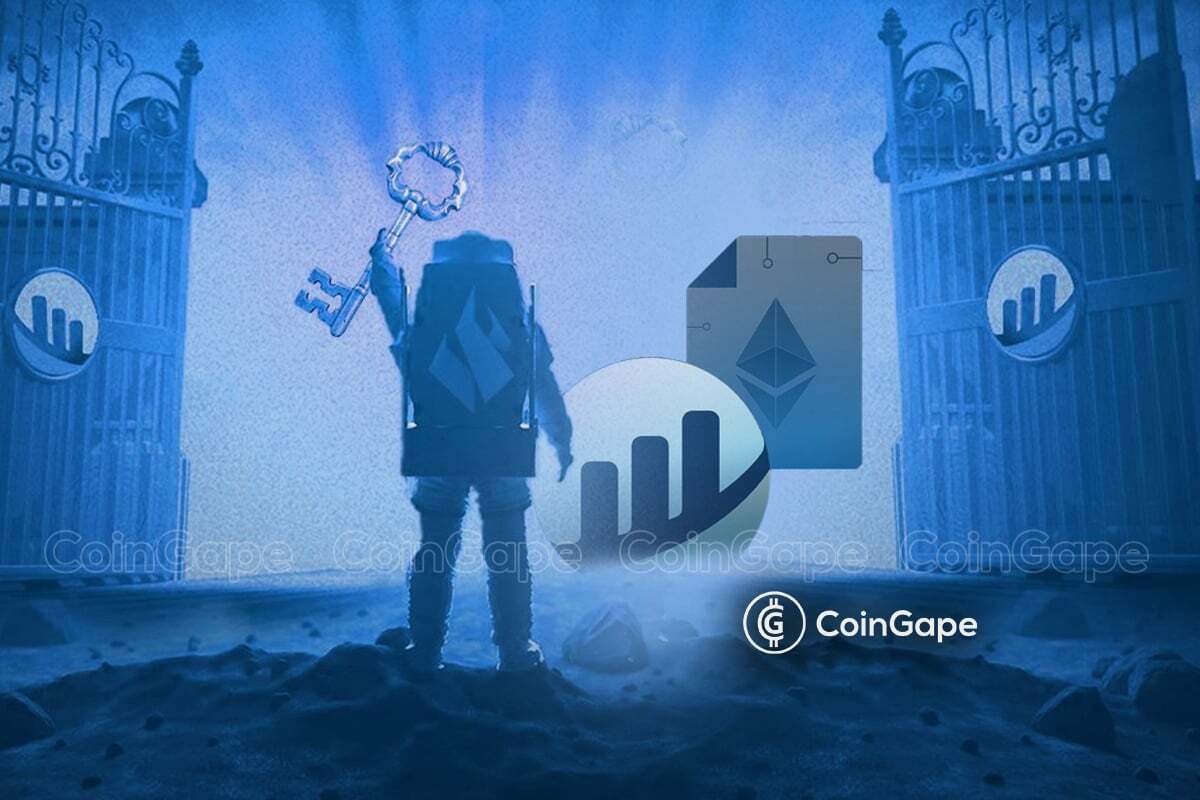Etherscan: Meaning, How Does It Work, And How Is It Used?

After Bitcoin, Ethereum network’s native currency ETH is the most valuable cryptocurrency in the market. Additionally, many people use it to buy, sell, and engage in other cryptocurrency-related activities. Like other cryptocurrencies, all transactions are publicly visible and stored in a sizable blockchain database. Here, Etherscan comes into the picture!
Among many, Etherscan is the most trusted tool to help users navigate through the public data on the Ethereum blockchain. Etherscan is also popular as Ethplorer. Using Etherscan, it is possible to look into the transactions on the Ethereum network, which include everything from exchanging money to buying non-fungible tokens (NFTs).
It includes data from transactions, wallet addresses, smart contracts, and other sources. The Ethereum Foundation, a nonprofit organization, neither sponsors nor oversees the application because it is a stand-alone entity.
What is Etherscan?
Etherscan.io is an independent Ethereum-based block explorer. On the Ethereum network, the Etherscan app monitors blockchain transactions. The app then presents the outcomes in a search engine-like manner. This allows users to look up transaction information on the Ethereum blockchain, which may put them at ease if their transferred funds have yet to appear in their wallets.
Although Etherscan can monitor activity on an Ethereum wallet address, users must connect the application to an active cryptocurrency wallet.
This free tool allows you to browse the history of Ethereum and view any previous transaction, wallet, smart contract, NFT, or other items. For other blockchains, there are also comparable products.
This means that while you can access your wallet and past transactions, using Ether or entering a transaction requires you to visit your cryptocurrency exchange or wallet provider.
How to use Etherscan efficiently?
The best way to use Etherscan is by visiting their website. You might need a specific requirement to meet your requirements. For example, you will need that wallet’s public address or the transaction ID to find a specific wallet, transaction, or other digital assets. With the help of Etherscan, users can conduct searches by address, block, token, transaction hash (transaction ID), address, or across the ENS. On the homepage, you can also look through recent transactions and discover more about the state of the Ethereum network right now.
Moreover, the web application allows for the optional creation of an account. With a free account, you can make notes, receive alerts, set up a public profile, create watch lists to monitor your wallets and accounts, and receive alerts.
The website offers a search function for specific Ethereum address transaction histories. The blockchain wallet addresses used by Etherscan all use random letters and numbers. It’s simple to understand what you see on Etherscan once you have a basic understanding of blockchain assets and transactions.
- Wallet Tracking: The wallet details page can be accessed by typing in a wallet address or clicking on a wallet address from another page. The address tracking features allow you to view all previous transactions for a specific cryptocurrency wallet and its present holdings.
- Viewing Ether Transactions: The sending and receiving addresses, value, transaction fees, and the number of confirmations are all displayed on the transaction detail page. This can track an asset’s history or verify whether a transaction is still ongoing.
- Smart Contracts: The same way other Ethereum transactions are present on the blockchain, the software that powers NFTs, smart contracts, decentralized apps, and decentralized finance, are also.
Among other things, the explorer helps look at these assets’ histories and confirm ownership. Even though you won’t always be able to see an NFT through Etherscan, you can look at the ownership code and click on links to see the asset.
Limitations of Etherscan
Despite the considerable merits that Etherscan offers, it still carries some limitations. Here are they:
- Excessive research: Even though Etherscan provides a lot of information, some people might consider it too much. You can usually quickly view updated transaction details, holdings, and prices using your wallet or exchange. For some investors, this might render Etherscan unnecessary.
- Not a marketplace: Etherscan offers data in an approachable format, but it is inappropriate for chart analysis. Furthermore, it is not a location to send, buy, or sell digital currency. Etherscan is simply a fantastic supplement to your cryptocurrency tracking.
Conclusion
Etherscan is one legit website for accessing Ethereum blockchain data. The smart contract code can be examined using Etherscan, gas prices, and real-time Ethereum blockchain monitoring.
Finally, Etherscan is open source and free; no registration is needed to use all of its features. Overall, it’s a great place to start for users who want to learn the full range of blockchain functionalities.
Recent Posts
Crypto Debit Card vs Traditional Debit Card: Key Differences
Traditional debit cards have been on the scene for decades now and have become one…
Custodial vs Non-Custodial Crypto Cards Explained
Highlights Crypto Cards enable seamless payments at the point of sale using cryptocurrencies. Crypto cards…
- Education
Which Crypto Exchanges Reduced Fees in 2025? (Tracker)
Crypto exchange fees matter, especially for active traders. In 2025, the competition between major exchanges…
How to Verify Presale Smart Contracts Before Investing
Cryptocurrency presales are a good way to get into promising crypto projects at an early…
UniSwap Airdrop: A Case Study
If you've been around Web3 for a while, you’d agree that the Uniswap airdrop was…
- Education
Crypto Maker vs Taker Fees Explained: A Simple Guide
If you’ve been trading crypto for a bit, you already know fees can be confusing,…